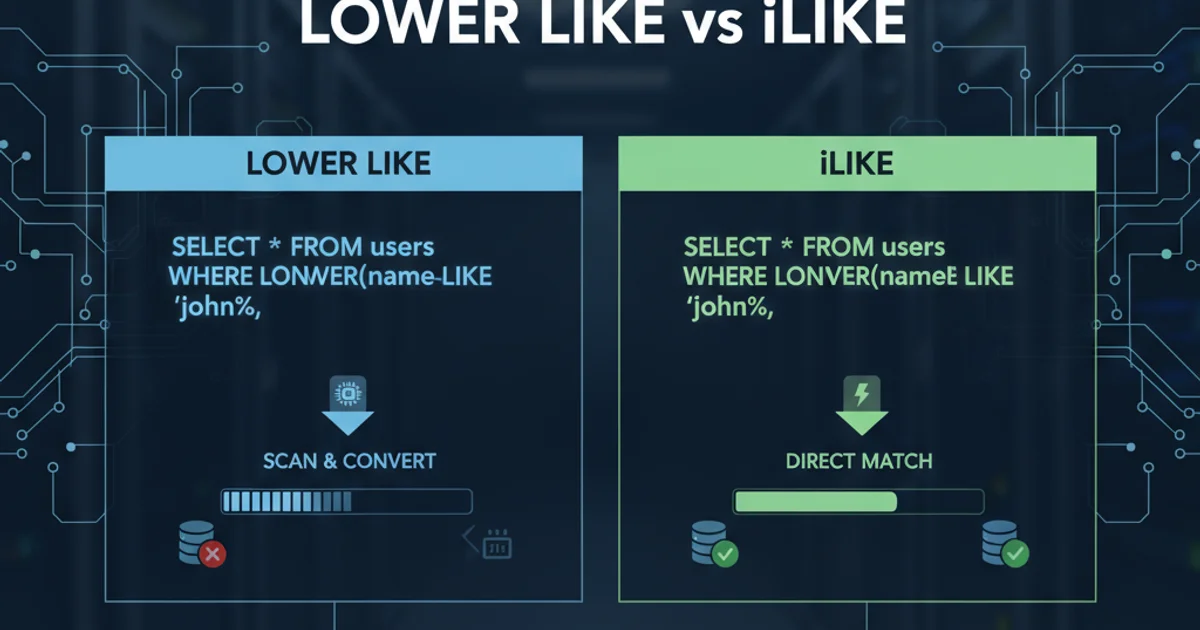Ruby single and double quotes
Categories:
Ruby Strings: Understanding Single vs. Double Quotes

Explore the fundamental differences between single and double-quoted strings in Ruby, including interpolation, escape sequences, and performance considerations.
In Ruby, strings are a fundamental data type used to represent text. While both single quotes (') and double quotes (") can define strings, they behave differently in crucial ways. Understanding these distinctions is vital for writing efficient, readable, and correct Ruby code. This article will delve into the nuances of each, helping you choose the right string literal for your needs.
Double-Quoted Strings: Interpolation and Escape Sequences
Double-quoted strings are the more feature-rich option in Ruby. Their primary advantage lies in supporting string interpolation and a wide range of escape sequences. String interpolation allows you to embed Ruby expressions directly within a string using the #{} syntax. The expression inside the curly braces is evaluated, and its result is converted to a string and inserted into the outer string.
name = "Alice"
puts "Hello, #{name}! Today is #{Time.now.strftime("%A")}."
# Output: Hello, Alice! Today is Wednesday.
Example of string interpolation with double quotes
Additionally, double-quoted strings interpret various escape sequences, which are special character combinations that represent non-printable characters or provide special formatting. Common escape sequences include \n for a newline, \t for a tab, \" to include a double quote within the string, and \\ for a literal backslash.
puts "This is a new line.\nAnd this is a tab.\tAnd a \"quoted\" word."
# Output:
# This is a new line.
# And this is a tab. And a "quoted" word.
Using escape sequences in double-quoted strings
Single-Quoted Strings: Literal Interpretation
Single-quoted strings, in contrast, are much simpler. They interpret almost everything literally, meaning they do not perform string interpolation or process most escape sequences. The only escape sequences they recognize are \' to include a single quote within the string and \\ for a literal backslash. This makes them ideal for representing literal strings where no special processing is needed.
name = 'Bob'
puts 'Hello, #{name}!\nThis is a literal backslash: \\.'
# Output: Hello, #{name}!
# This is a literal backslash: \.
Literal interpretation in single-quoted strings
Choosing the Right Quote Type
The choice between single and double quotes often comes down to whether you need interpolation or escape sequences. Here's a simple decision flow to guide you:
flowchart TD
A[Start]
A --> B{Need string interpolation or most escape sequences?}
B -->|Yes| C[Use Double Quotes (")]
B -->|No| D{Need to embed a single quote?}
D -->|Yes| E[Use Double Quotes (") or escape with \']
D -->|No| F[Use Single Quotes (')]
C --> G[End]
E --> G[End]
F --> G[End]Decision flow for choosing between single and double quotes
While double quotes are more versatile, single quotes are often preferred for static strings that don't require special processing because they clearly communicate the string's literal nature and can prevent accidental interpolation of #{} sequences that might be part of the literal text.
"It's a beautiful day!" vs. 'It\'s a beautiful day!'). The same applies if your string contains many double quotes, where single quotes might be preferable.